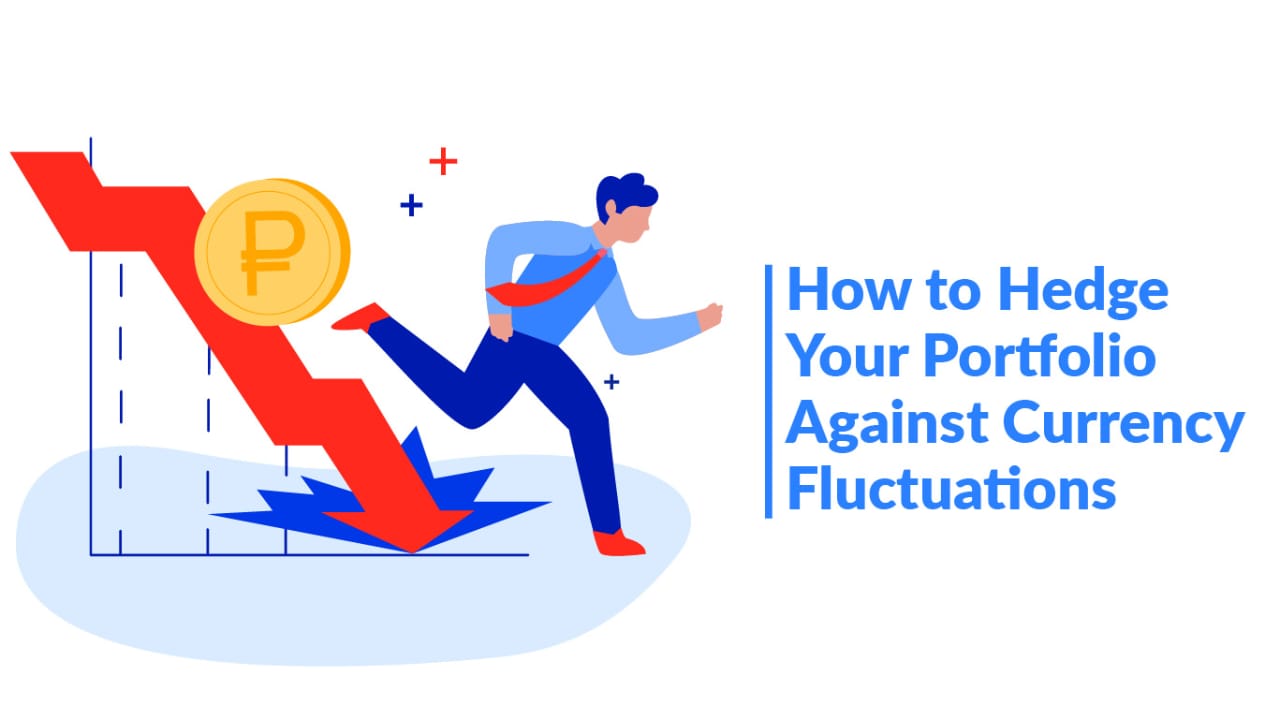
Imagine you want to buy a phone that is based in the US and you have a budget of ₹10,000. At present, ₹75 can buy $1 therefore with ₹10,000 you can purchase $133.33. But if the exchange rate changes, you might not have enough money to buy the phone. This is how Currency exchange risks can affect your returns on investment.
What is Currency Hedging?
Any change in the value of the foreign currency affects you. It would help if you thought about coverage for such situations. If you invest in a country with a different currency, the investment value fluctuates with currency exchange rates. This variation has both positive and negative effects on the investment.Hedging helps you reduce the risks from these changes.
Debt holding you back? Consolidate and move forward with financial freedom!
Why Hedge Against Currency Risk?
Investing in foreign countries may also come with its share of risks and due to currency fluctuations, your investments may lose or gain their value. For example, if you invest ₹1,00,000 in US stocks when 1 USD = 75 INR. If the dollar weakens to 1 USD = 80 INR, your investment of $1,333 (1,00,000 ÷ 75) would now be worth ₹1,066,400 (1,333 × 80). Without hedging, you lose ₹33,600 due to currency changes. Hedging helps protect you from such losses.
Common Currency Hedging Strategies
- Forward Contracts:
A forward contract allows the rate to be fixed at a specific date regardless of whether it is bought or sold prior to that date. This means that an investor may be purchasing US shares at a current exchange rate of ₹75 for $1. After a few weeks, when the exchange rate of the US dollars falls to ₹85, the forward contract exchanges the dollars back to ₹75. - Currency Swaps:
Currency swap refers to the transfer of funds from two parties and receipts in other currencies. This is a practice which is done by companies more and more in order to mitigate the risks that come with currency fluctuations. - Options:
A currency option gives the holder a right (not the obligation) to exchange one currency for another at a fixed rate.This means you can protect yourself from a bad exchange rate while still having the chance to take advantage of a good one. - Dynamic Hedging:
Dynamic hedging is putting the hedge on and taking it off depending on circumstances. For example, if the INR is weakening, you might want to hedge more aggressively. On the other hand, if the exchange rate is stable, you might not need to hedge as much. - Fully Hedged ETFs:
Exchange-traded funds (ETFs) are investments that incorporate a set of particular stocks within a basket of them. A fully hedged ETF is one which does not expose the investors to currency movement risks via the use of forward contracts and other instruments.
When Should You Hedge?
- Market Conditions: If the currency of the country you’ve invested in is expected to weaken, it’s a good idea to hedge. For example, if the US dollar is expected to fall against the INR, you may want to hedge your investment.
- Investment Horizon: If you’re investing for a relatively short time, then probably you will have to consider hedging a bit more. On the other hand, when many years are to go till the investment pay-back, you may want to take certain currency risk. Such risks do not appear too substantial in the long run.
- Portfolio Diversification: If your investments are spread across many countries, currency risks might naturally balance out. For example, if you have US, Japanese, and European stocks in your portfolio, changes in one currency might be offset by another.
Read More :- Central Bank Net Banking
Conclusion
Investing in foreign markets can also be subject to how much you can earn, due to currency fluctuations. But by using strategies like forward contracts, options, and ETFs, you can protect yourself from these risks. Hedging is like having an umbrella when it rains — it helps keep you safe from unexpected changes. Understanding when and how to hedge can help you protect your money and make your investment returns more predictable.


